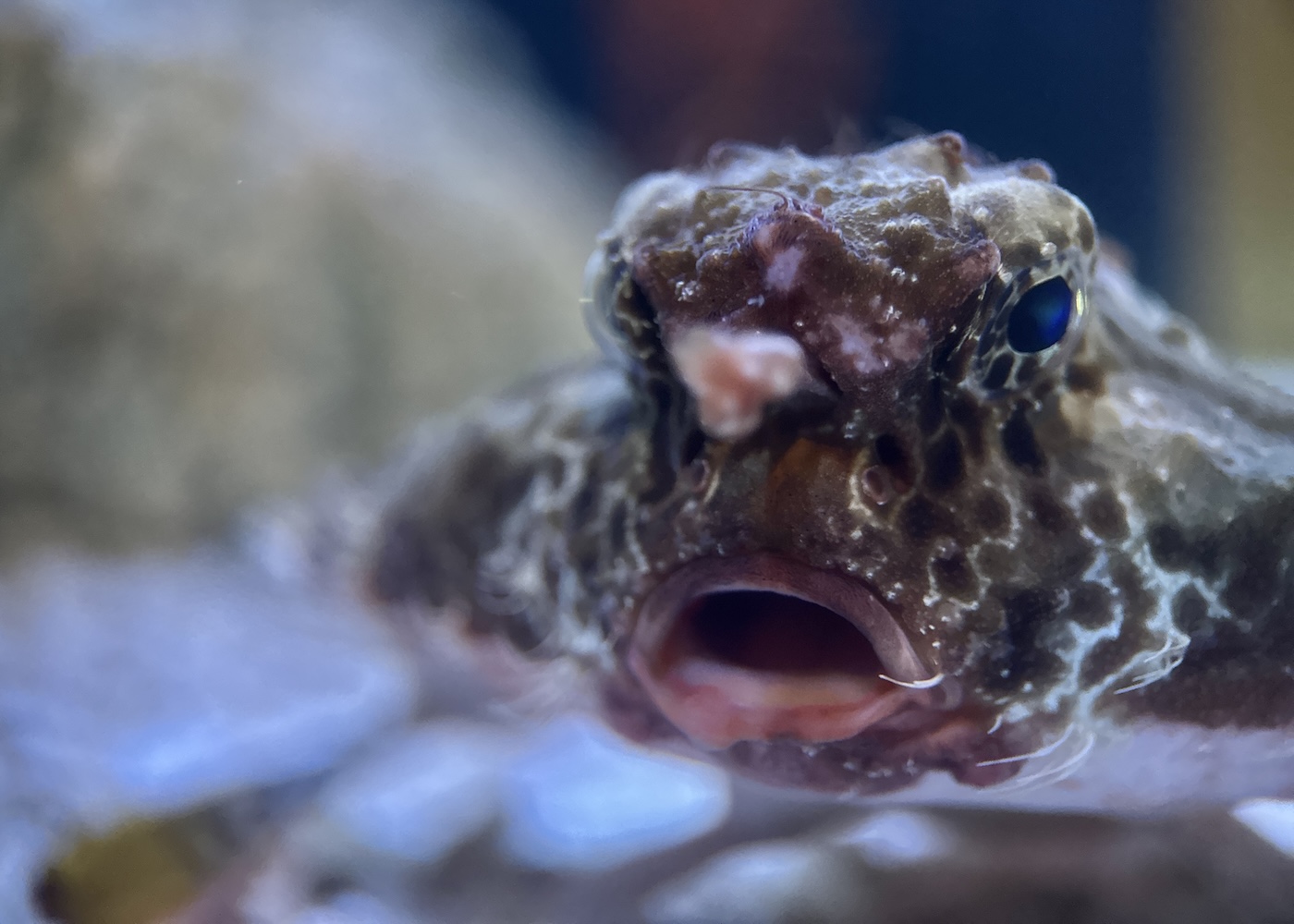October tends to bring a chill to the air, and we’re not just talking about the temperature! In the spirit of Halloween, we’re doing a little trick-or-treating to reveal some of the creepy and cute animal adaptations you can see up close at the Aquarium.
The Costume
This Halloween, will you mask up to conceal your identity — set to scare friends — or flaunt a wild look to catch attention? Let’s take a closer look at some of our favorite resident animal “fits” for some inspiration!
Trick: Hiding in Plain Sight
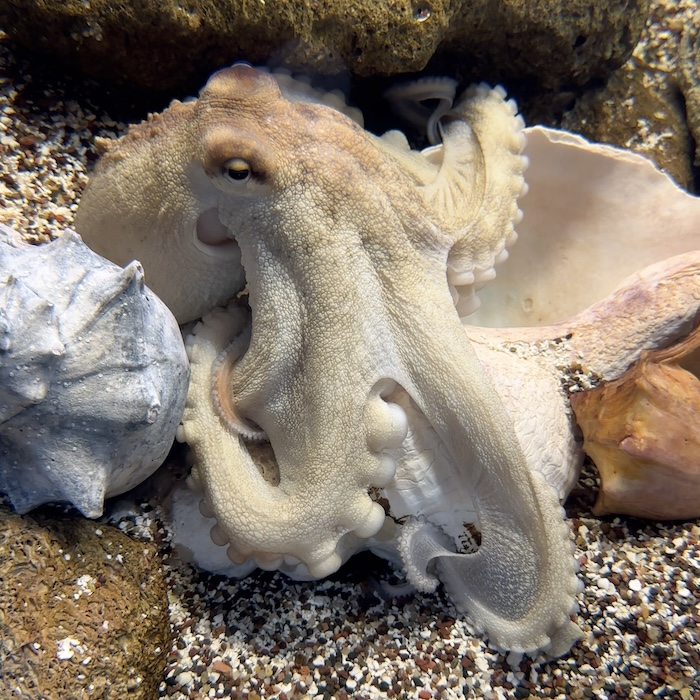
Did you know octopuses have special skin cells filled with pigment that allow them to shift their color instantly? These specialized cells — called chromatophores — seamlessly shift hues, giving the octopus the ability to blend into its surroundings… a trick useful for hunting or hiding!
Treat: A Perfect Pink Hue
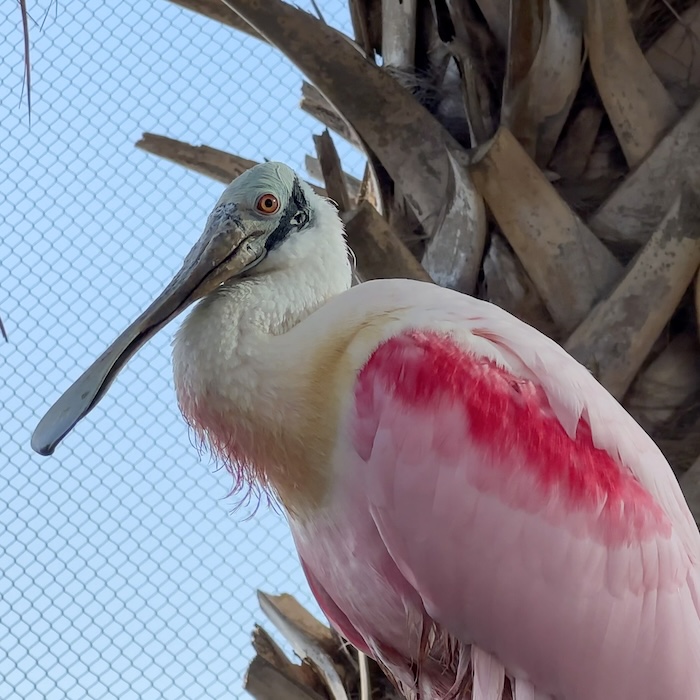
You’ve probably spotted our pink-plumaged pals in the Saltmarsh Aviary. Those are roseate spoonbills! They get their signature color from their diet, consisting of crustaceans and other aquatic creatures. Pigments in these meals store in the spoonbills’ fat, which then transfers to their feathers. Visit them any day — not just Wednesdays — to see them in their pink!
The Accessory
No Halloween costume is complete without accessories. From a wand or a tiara to a mustache or a hat, the right accessory can set your look above the rest!
Trick: An A-LURE-ing Feature
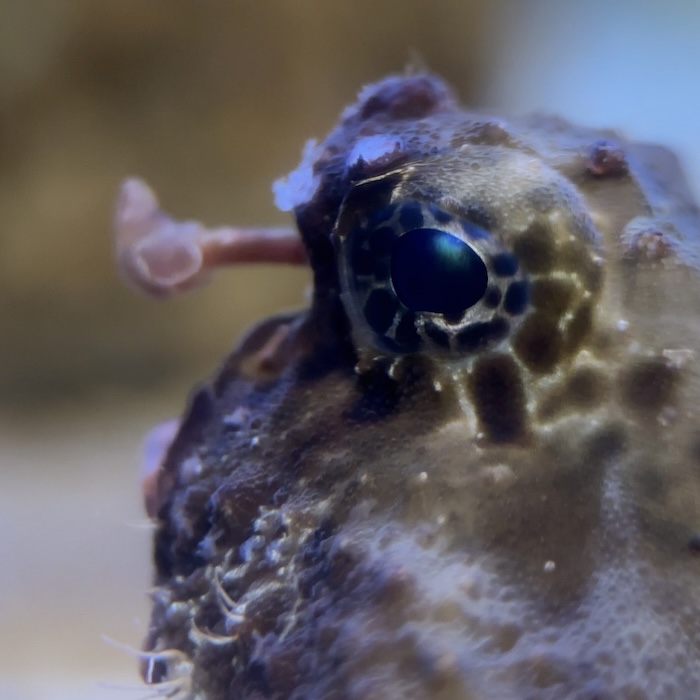
Like a siren calling a sailor to their doom or a witch entrancing a prince through a transformative spell, the batfish uses an angler to attract prey! A batfish can move this “lure” at will, teasing potential prey into swimming close enough to catch.
Treat: The Great Pretender
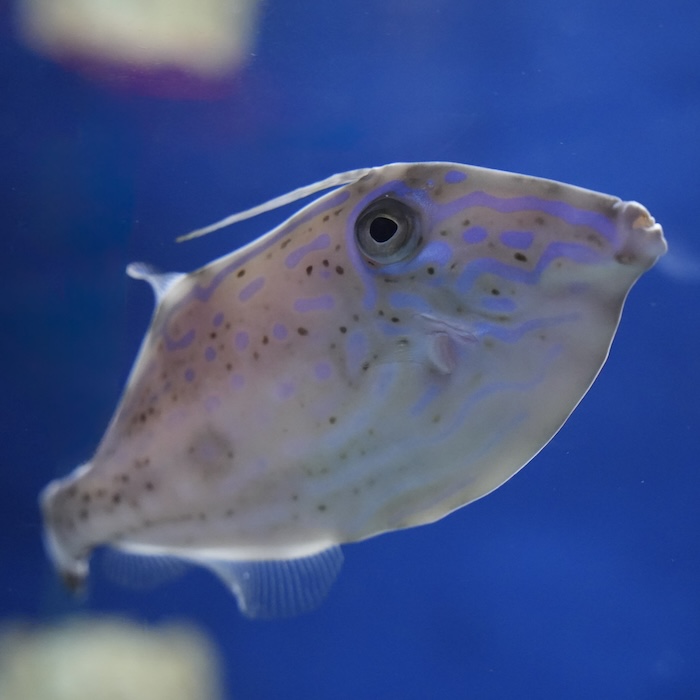
The filefish is another aquatic species that’s aHEAD of the game when it comes to utilizing an extension of their body. Look closely to see a spine on the filefish’s head. That dorsal spine isn’t used for hunting, though, but rather to secure them in place while resting or evading predators!
The Snacking
Sometimes, the best part of Halloween is eating all the candy! When it comes to ingesting their food, a few of our animal residents have some peculiar ways of going about it.
Trick: Closing in on You
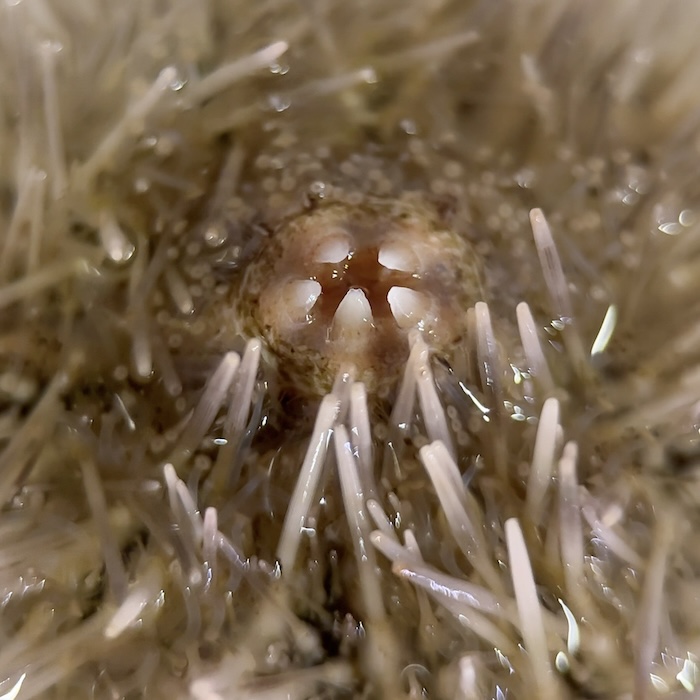
Did you know sea urchins have one of the most fascinating mouths in the animal kingdom? They use five plate-like teeth, fashioned in a circle, to scrape algae or other organisms off of surfaces. Fun fact: this adaptation is called Aristotle’s lantern!
Treat: Give Them a Hand
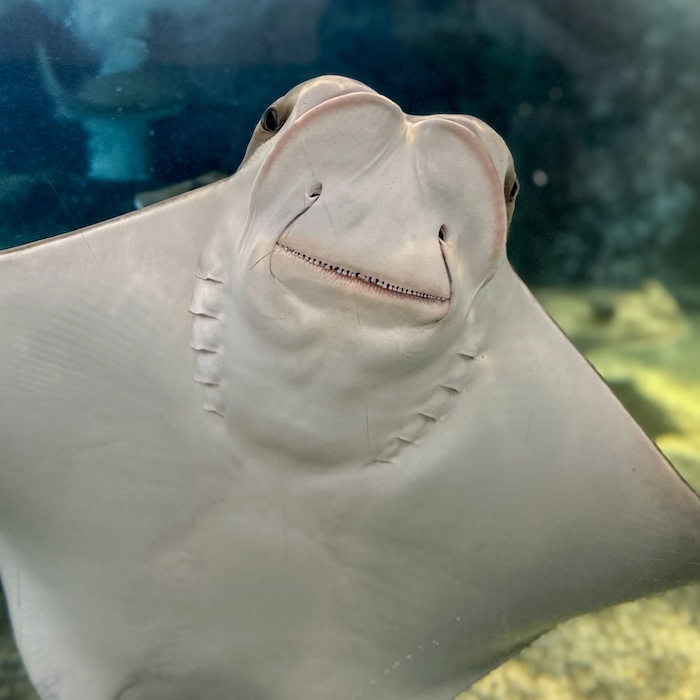
You might know that when you visit the Aquarium, you can hand-feed our cownose rays fishy treats, but how exactly do they chew? Though not the same as ours, stingrays do have teeth! Many flat dental plates come together to crush prey like oysters.
Whether these wild adaptations bring you scares or smiles, come see them for yourself… if you dare!
Published October 1, 2025


